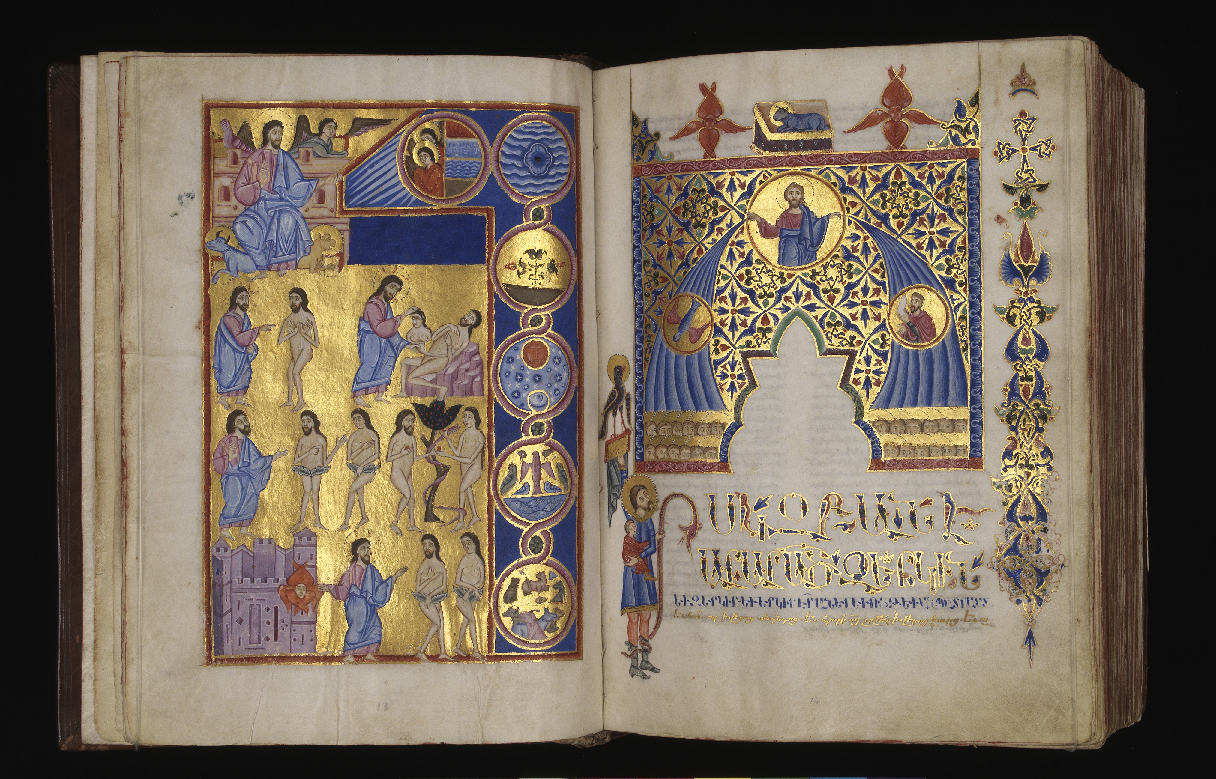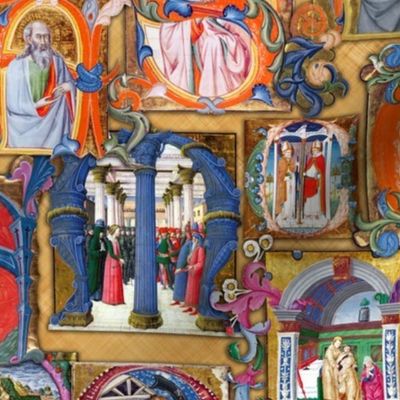

Byzantine Intersectionality provides art historians, archaeologists, and historians with a better theoretical basis for reconstructing the complex lived reality of queerness, sexual violence, consent, and racial profiling. “This book is for the outcast and for those who inhabit the margins of the past and present. This indispensable book makes clear that the study of Byzantine art is relevant and pressing today.” “ raises timely and pressing questions about gender, sexuality, marginalized groups, and diversity in the medieval Roman Empire. The details Betancourt excavates can be as illuminating as they are juicy.” By scouring legal, medical, and religious sources, and reading misogynist invectives against the grain, Betancourt builds a fascinating picture of more fluid attitudes and practices around sexuality than have been suggested in the mainstream historical record.

“ quotes Monica Lewinsky in its epigraph and brings an activist’s zeal to its queer-theory close readings of texts and images from the Eastern Roman Empire between the fourth and fifteenth centuries. By examining this process within specific acoustic architectural spaces and the sonic conditions of medieval chant, the volume brings together the concerns of sound studies, liturgical studies, and art history to demonstrate how images, texts, and recitations played with the environment of the Middle Byzantine church. This unique approach to manuscript illumination points to images that slowly unfolded in the mind of its listeners as they imagined the text being recited, as meaning carefully changed and built as the text proceeded.

Focusing on a group of richly illuminated lectionaries from the late eleventh century, the book articulates how the process of textual recitation produced marginalia and miniatures that reflected and subverted the manner in which the Gospel was read and simultaneously imagined by readers and listeners alike. Tracing the Gospel text from script to illustration to recitation, this study looks at how illuminated manuscripts operated within ritual and architecture. Annemarie Weyl Carr, University Distinguished Professor of Art History Emerita, Southern Methodist University

Recent research into the many Byzantine understandings of reading-visual, oral, and aural in images, words, and image-word combinations-is combined here with even newer insights into the behavior of sound in Byzantine ecclesiastical spaces, especially in Hagia Sophia, and the ever-expanding understanding of liturgical practice, performance, and drama.įrom the long resonance of two syllables in the reverberant space under Hagia Sophia’s dome to the dismissal of the catechumens at the end of the Gospel reading, the book follows the unfolding of the lections in sight, sound, and motion, transforming the lectionaries that contain them into dazzlingly engineered devices for sacred communication.” Examining them, as Ian Bogost did video games, as ‘procedural rhetoric,’ a practice of authoring arguments through processes, he follows their use through the liturgy: first as they animate the intellect and imagination of the cantor who reads the text of their superbly inscribed, adorned and notated pages visually and then as this same vivid grasp of ideas and events and sounds is transmitted to those who read them through the ears as an aural text, hearing them majestically chanted in the radiant and resonant spaces of a church like Hagia Sophia. Now Roland Betancourt summons them to compelling new life as “new media” of Byzantine sacred performance. “To judge from their art history, the lavishly illustrated Byzantine lectionaries have been too exquisite to think with.


 0 kommentar(er)
0 kommentar(er)
